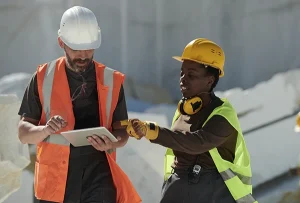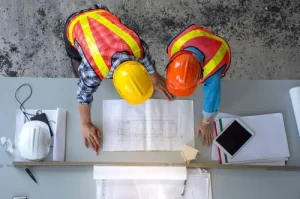The foundation on which a structure is constructed (the soil) plays an important role in determining the success and longevity of the structure. Soil type directly influences stability, load-bearing capacity, and susceptibility to settlement, making it crucial to evaluate and address these factors during the planning and construction phases. Let’s explore how various soil types impact structural design and construction practices.
Soil Types and Their Impact In Your Construction Project
1. Granular Soils (Sands and Gravels):
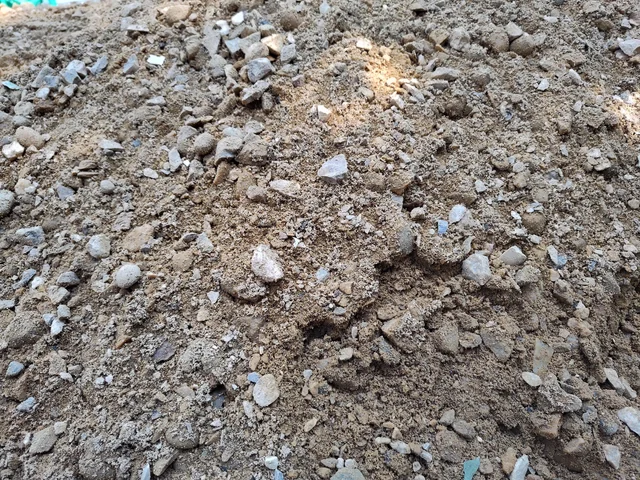
These soils are characterized by their large particle sizes and excellent drainage capabilities.
- Impact on Construction: Granular soils generally provide good support for foundations due to their high bearing capacity and low compressibility. However, they can be susceptible to erosion and liquefaction, especially when poorly compacted or saturated.
- Structural Design Considerations: Foundations on granular soils often require careful compaction and drainage systems. Designers must account for the potential for differential settlement, especially in areas with varying densities.
2. Cohesive Soils (Clays and Silts):
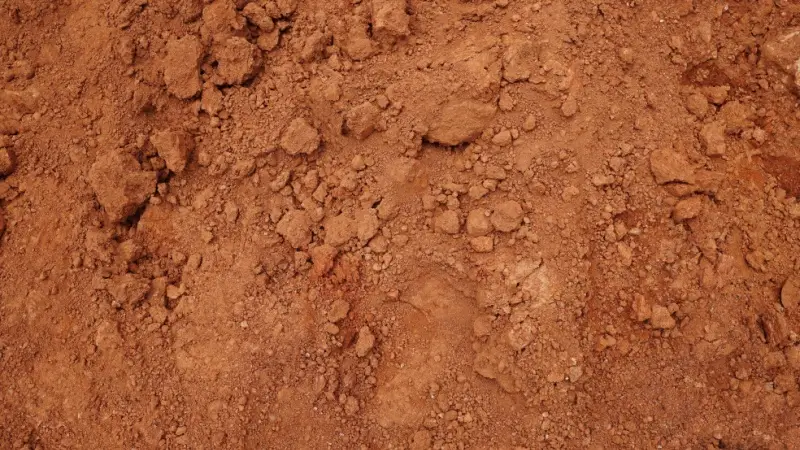
These soils are composed of fine particles and exhibit plasticity, meaning they can change shape without cracking.
- Impact on Construction: Clay soils are known for their high compressibility and low permeability. They can shrink and swell with changes in moisture content, leading to significant foundation movement. Silts, while less plastic than clays, can also be problematic due to their susceptibility to frost heave and low shear strength.
- Structural Design Considerations: Foundations on cohesive soils require careful consideration of settlement and heave. Designers often employ deep foundations, such as piles or piers, to transfer loads to stable soil layers. Expansive clays require special design considerations to mitigate the effects of volume change.
3. Organic Soils (Peat and Topsoil):
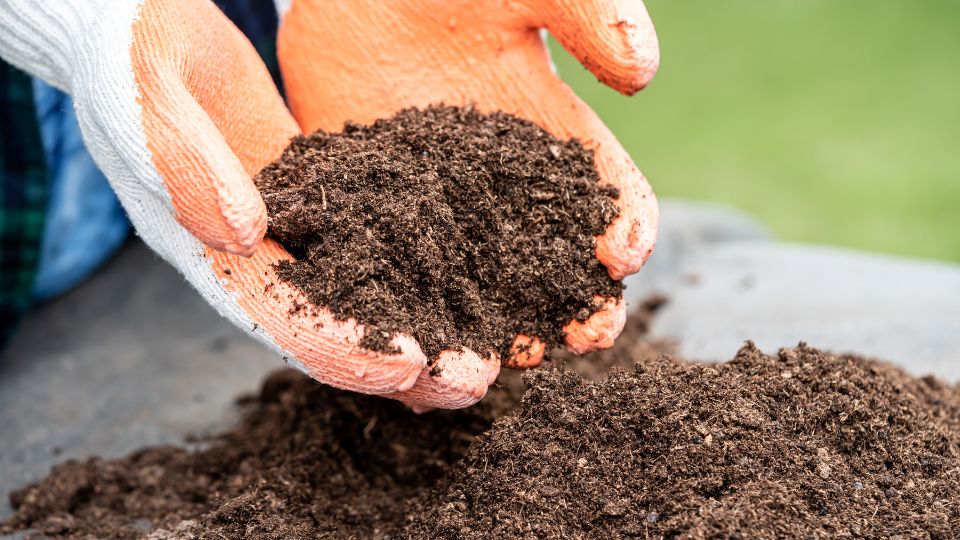
These soils are characterized by their high organic content and low bearing capacity.
- Impact on Construction: Organic soils are highly compressible and unsuitable for supporting heavy loads. They are prone to significant settlement and decomposition, making them challenging for construction.
- Structural Design Considerations: Building on organic soils is generally avoided. If unavoidable, extensive soil improvement techniques, such as excavation and replacement or deep foundations, are necessary.
4. Rock:

While not technically a soil, rock significantly influences foundation design.
- Impact on Construction: Bedrock provides excellent support for foundations due to its high bearing capacity and low compressibility. However, fractured or weathered rock can present challenges.
- Structural Design Considerations: Foundations on rock typically require minimal preparation. However, designers must assess the rock’s strength, fracture patterns, and potential for weathering.
The Importance of Soil Testing:
To accurately assess the impact of soil type on construction, thorough soil testing is essential. This involves:
- Borehole Drilling and Sampling: Collecting soil samples for laboratory analysis.
- Cone Penetration Testing (CPT): Measuring soil resistance and identifying soil layers.
- Laboratory Tests: Determining soil properties, such as grain size distribution, Atterberg limits, shear strength, and compressibility.
- Groundwater Monitoring: Assessing groundwater levels and fluctuations.
These tests provide crucial data for foundation design, earthwork, and construction planning.
Understanding how soil type affects construction is fundamental to ensuring the long-term stability and safety of any structure. A comprehensive geotechnical investigation and careful consideration of soil properties can prevent costly foundation failures and ensure a successful project.
If you’re seeking expert guidance on navigating the complexities of soil types and their impact on your construction project, AOA Geo-Net is here to assist.
Book a call now with our experienced geotechnical engineers and get expert advice for your project.



